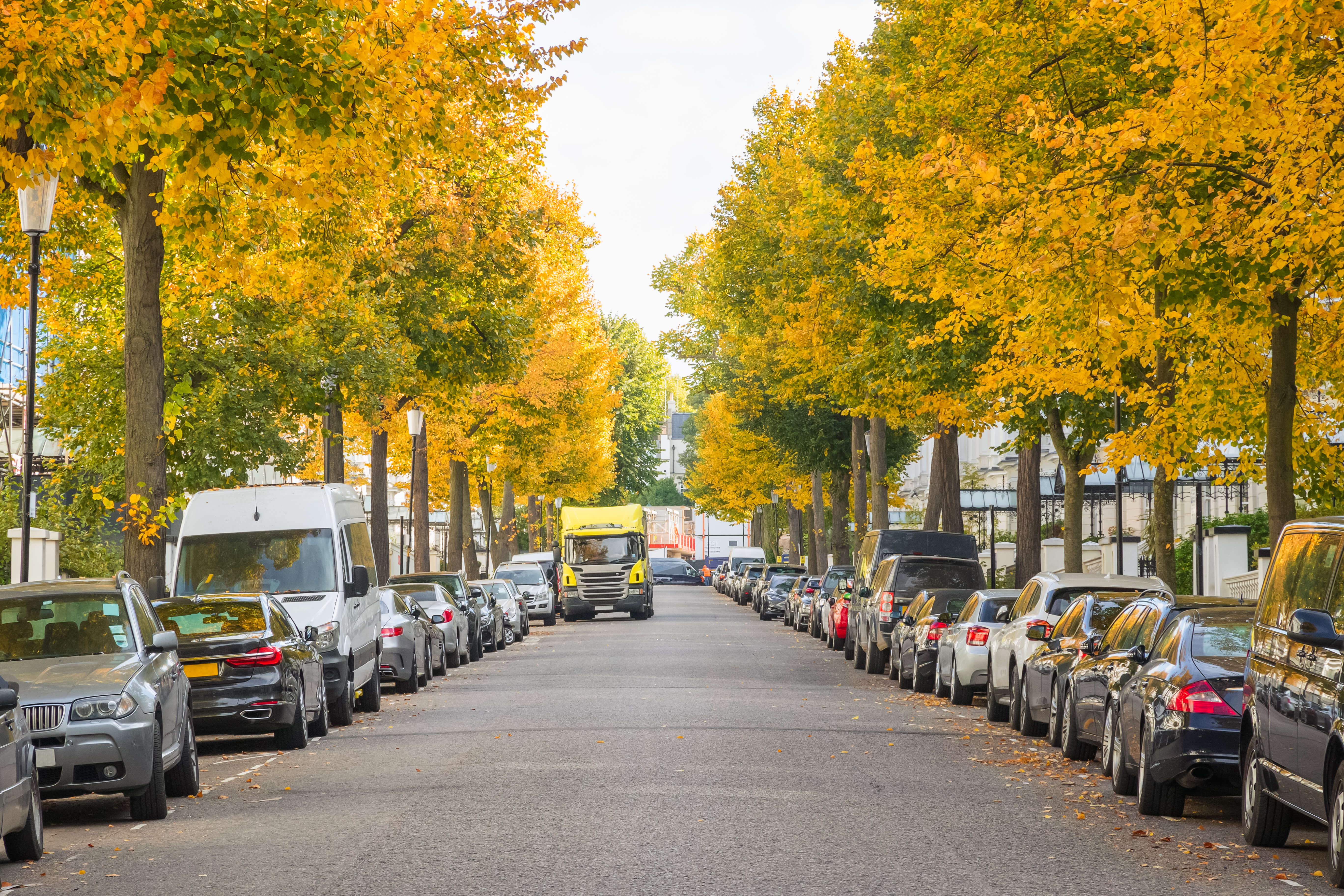Meeting traffic/other road users happens all the time, especially if you are taking your driving lessons in London. Where you see narrow roads and parked cars, you should expect at some point the need to give way.

How to identify potential meeting situations?
The key to avoid potential conflict is to read the road ahead as far ahead as possible. Once you identify a potential moving hazard coming towards you, you should then ask yourself if there is enough space for everyone to pass safely. If the answer is no, then you need to start planning and looking for give way opportunities. Even if it is your priority, assume the worst and keep your eyes peeled for give way areas incase the oncoming vehicle decides to take the priority from you. When you think/drive like this, you are applying defensive driving too.
When to give way to oncoming vehicles - basic rules
When to give way:
- If you have parked cars on your side of the road and there are none on the right hand side of the road.
- If there are more parked cars on your side of the road compared to the right side of the road.
- If you have a vehicle coming towards you already and there is no space for you to pass at the same time.
When you can assume priority:
- If you have no parked cars on your side and the oncoming vehicle has lots of parked cars on their side (right hand side of the road)
- When the oncoming vehicles/s have slowed down and taken up a give way position to let you pass.
Nobody’s priority:
When there are parked cars on both sides of the road, both you and oncoming vehicle/s have arrived at similar times. When this happens you will need to apply defensive driving and look out for signs they may give way or proceed. See notes for tell, tell signs.
How to give way and apply the MSPSL routine for meeting?
Mirrors: Check your interior mirror and your right door mirror as a minimum requirement. In some instances you may need to recheck and even check your right door mirror too. Look out for vehicles following to close behind you and potentially thinking about overtaking.
Signal: Apply a signal in good time, if necessary. In many instances, no signal is required. See notes for when to apply signal.
Position: Unless the road is really narrow, the best give way position is known as; Half in, half out. If you have to stop, always try to stop at approximately 2 car lengths away from the parked car on your side, in the half in, half out position.
Speed: Your approach speed is vital. The more gradual your approach, the more chance road users in front and behind have to respond to your give way actions. In many instances a gradual, timely approach means you don’t have to stop at all, allowing the car/s to pass still and for you to keep moving as well. If you do have to stop, then you will need to check your mirrors and consider a signal before pulling out.
Look: Make eye contact with the oncoming road users, look and access their position and speed on the approach too. Even whilst waiting to give way, you should keep scanning and planning. Look out for activity/hazards between cars too, especially in built up housing areas.
Tell, tell signs someone isn’t going to give way
- The oncoming vehicle adjusts their vehicle position early into the middle/centre of the road
- The oncoming vehicle doesn’t look like they are slowing down
- The oncoming vehicle has signalled to move out from give way position
- You can see quite early on there are no possible give way/stopping places for oncoming car
- Road signs and markings in the road show it’s the oncoming traffic’s priority
Tell, tell signs someone is going to give way
- The oncoming vehicle adjusts their position from a central road position to a position behind or 50% behind a parked vehicle
- The oncoming vehicle looks like they have slowed down progressively and early
- The oncoming vehicle has flashed you or waved you on